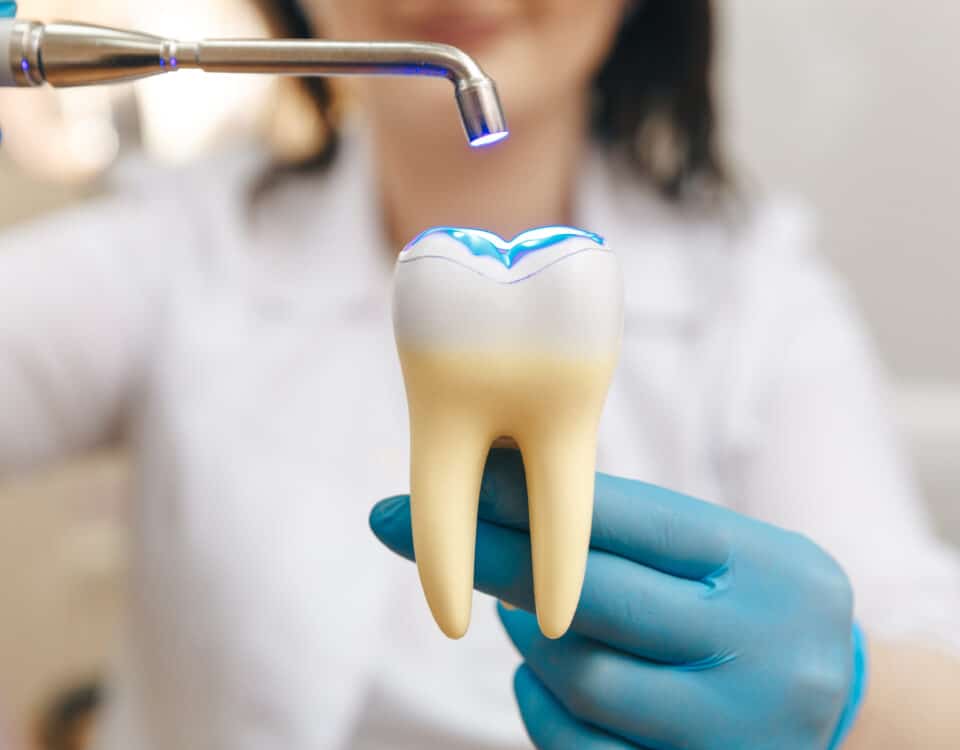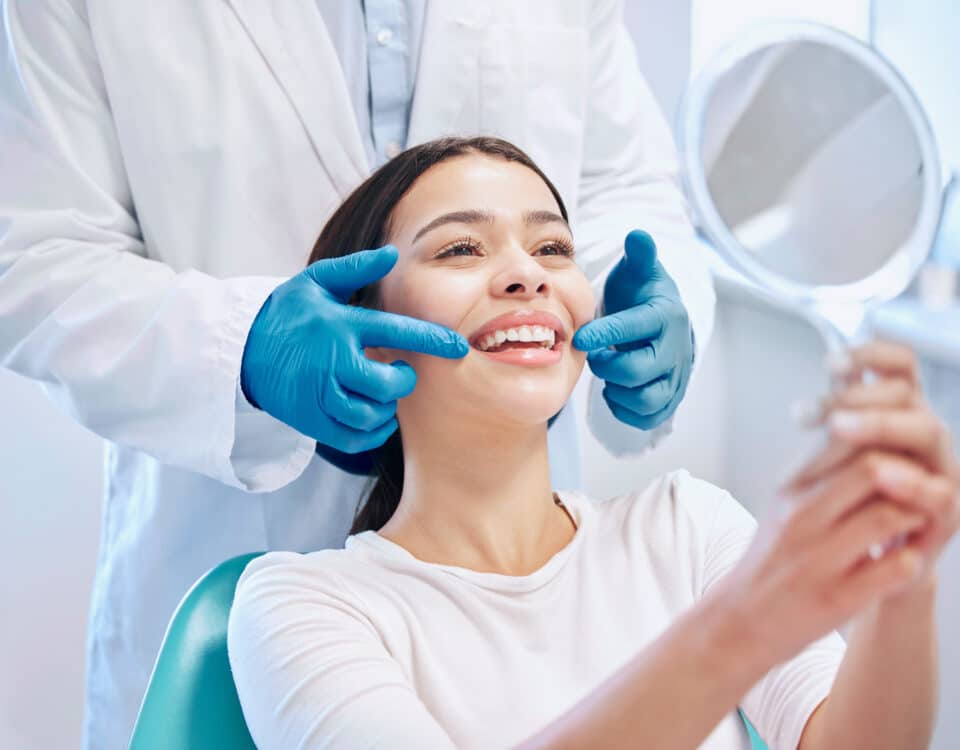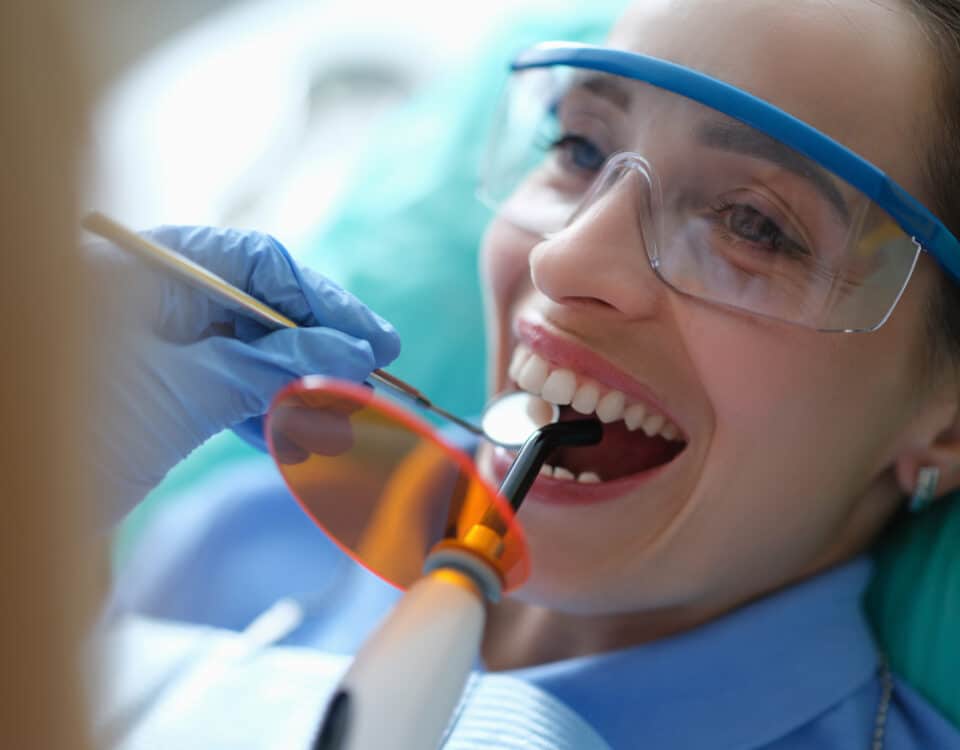The Evolution of Digital Dentistry
How To Whiten Your Smile
April 5, 2019What Are Wisdom Teeth?
April 19, 2019Dental practices have been around for centuries, but as technology has changed and improved, so have the ways that dentists perform oral examinations. Digital dentistry now allows dentists to get a clearer view of your oral health by using video and photography to map the structures of your mouth. From intraoral cameras to digital X-rays, digital dentistry has revolutionized the patient experience and improved treatment and care for patients all over the world. Find out what tools are used in digital dentistry and how they are improving the oral health of patients everywhere with this guide!
History of Dentistry
Dentistry and various dental techniques have been around for centuries. Historians calculate that dental practices have been used since 7000 B.C. with the Indus Valley Civilization, and writings from as far back as 5000 B.C. have been discovered that reveal ancient dental practices. Hippocrates and Aristotle wrote about dentistry during their time, but the first book devoted to dentistry, named “The Little Medicinal Book for All Kinds of Diseases and Infirmities of the Teeth,” wasn’t published until 1530. By the 1700s, dentistry became a defined profession, with the “Father of Modern Dentistry,” French surgeon Pierre Fauchard, released a comprehensive system for caring for and treating teeth. By the 1900s, dental colleges and practices were readily available, and many companies began mass-producing dental items such as toothpaste and toothbrushes.
Interestingly enough, most Americans hadn’t adopted good oral health habits until after World War II, whenever soldiers returning from war brought back the good oral health practices that they had seen while abroad! As technology has continued to advance, so have the practices that dentists use to monitor mouth health and discover disease, such as gum disease. Modern technology allows faster results with less-invasive procedures that keep the patient comfortable while getting the most information out of their exam. As patients understand more about what kind of techniques will be used during their dental visits, they will be able to see how efficient the process is in our modern society to begin and maintain good oral health.
What Is Digital Dentistry?
Like other global industries, dentistry has benefitted from the computerization of day-to-day processes, which has allowed more patients to receive better care for their time spent in the dental chair. The evolution of digital dentistry in particular keeps patients better informed about their diagnosis, treatment options, and overall health care. Digital dentistry refers to any dental technology or device that uses digital or computer-based components instead of older mechanical or electrical methods. Digital dentistry has now automated many processes that had to be completed manually by dentists and hygienists, which makes dental visits much faster than before. Some digital technologies commonly used in most dental practices include different kinds of imaging, such as pixelated images and radiography. Before, if a dentist wanted an image to have a porcelain or resin shade, they would have to take the images on film and send them away to be processed, then to a lab to receive the desired shade choice. Intraoral cameras have changed this process by allowing the images to be processed immediately and then sent to the lab. These intraoral cameras let you see what the dentist sees with live digital images as he/she evaluates your mouth, and allows you to be an active participant in your exams. Digital radiography allows higher-quality images to be taken with 70% less exposure to radiation than traditional X-rays. Digital dentistry discovers dental diseases, like oral cancer and cavity identification, at a much earlier stage, thus allowing the patient sooner treatment and recovery time.
Advances in Digital Dentistry
Significant advances have been made in digital dentistry in recent years, allowing for patients to receive less invasive procedures than ever before. These innovations include tools such as advanced lasers to better protect oral tissues during procedures and remove less tooth structure. Improvements in cone beam computed tomography (CBCT) machines have allowed more dental offices to afford systems that specialize in computer-aided implant dentistry, temporomandibular disorder analysis, and occlusion evaluation. CBCT machines provide 3D images of oral structures in the mouth, which improves accuracy of every procedure received while helping guide the dentist when using electric and surgical implant hand pieces.
Digital X-rays have also revolutionized the dental industry as they diagnose oral health needs more accurately while being faster and more comfortable for patients. These hand-held devices have up to 90% less radiation exposure than conventional X-rays, which gives peace of mind to those patients worried about the possible effects of having an X-ray. Digital X-rays let your dental team look at what is below the mouth’s surface, as well as the roots below the gum line and jawbones.
What To Expect At Your Next Appointment
With the help of the state-of-the-art technology that has been previously discussed, your dentist will perform other dental checks to evaluate your oral health. Your next dental checkup will most likely include a thorough cleaning of your teeth, gums, and mouth to protect your mouth against gum disease. Additionally, a dental hygienist will most likely scrape along and below the gum line to remove built-up plaque and tartar as part of your overall examination. These checkup appointments are essential in maintaining good oral health and preventing unwanted disease.
For more information on digital dentistry and how it can improve your mouth health, call Stonebrook Family Dental at (303) 872-7907! Our team is highly experienced in the uses of digital technology tools that will enhance your next dental visit and provide you with the best care possible!




